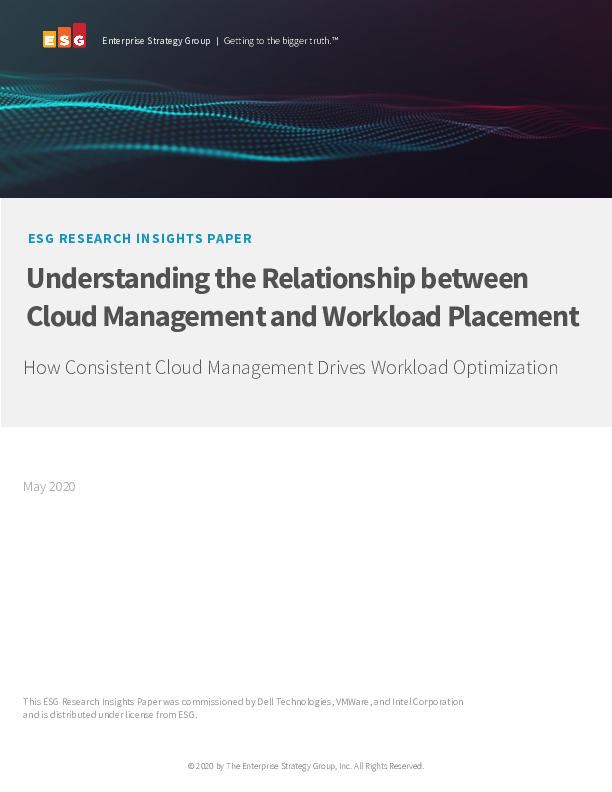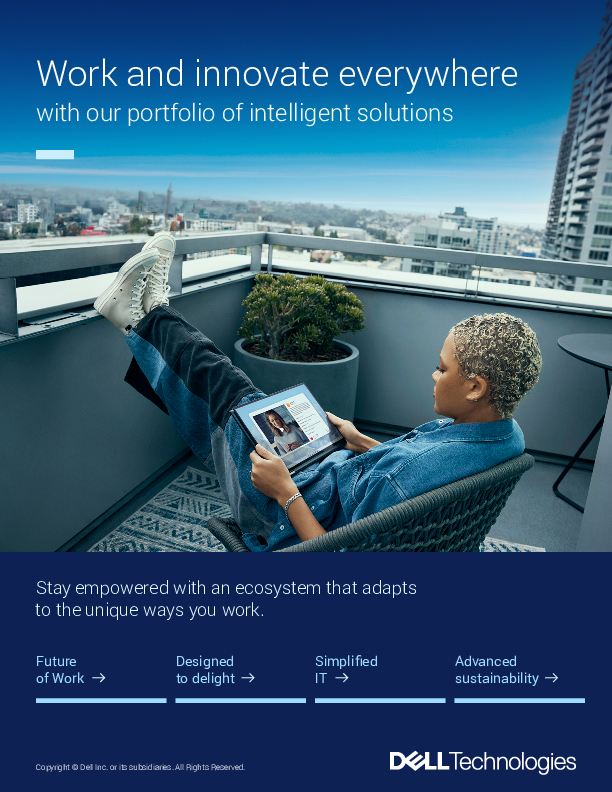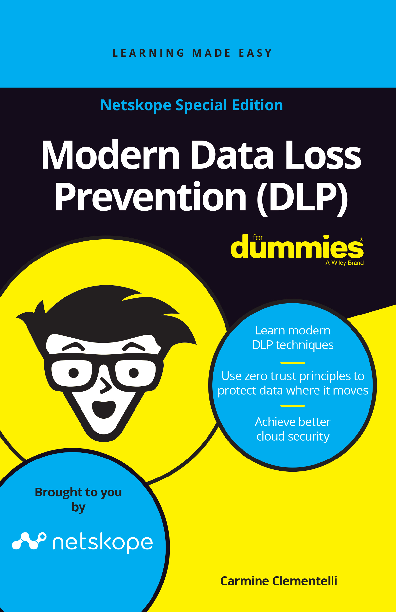

Understanding the Relationship between Cloud Management and Workload Placement
The decision of where to run applications has grown steadily more complex and cloudier over the past decade. On the heels of the transition from physical to virtualized infrastructure, public and private cloud infrastructure consumption models came to the fore. Cloud consumption allows end-users to provision, scale, and deprovision in a self-service fashion, bypassing weeks or even months of requirements gathering and solution procurement and integration. As cloud infrastructure has matured, organizational use has accelerated: 94% of organizations use public cloud services today (inclusive of both infrastructure- and software-as-a-service providers).
While most would assume this is due to a clear public cloud functionality advantage, in fact, private clouds have evolved to keep pace with public cloud capabilities: 84% of respondents say their on-premises infrastructure is as easy, or easier, to manage than public cloud alternatives; 82% say the same about the level of performance and ease of access provided by on-premises infrastructure; 79% feel on-premises infrastructure agility is as good, or better than, cloud infrastructure; and 76% say their on-premises infrastructure matches public cloud options in terms of scalability.
Learn more about Dell Technologies solutions powered by Intel®









